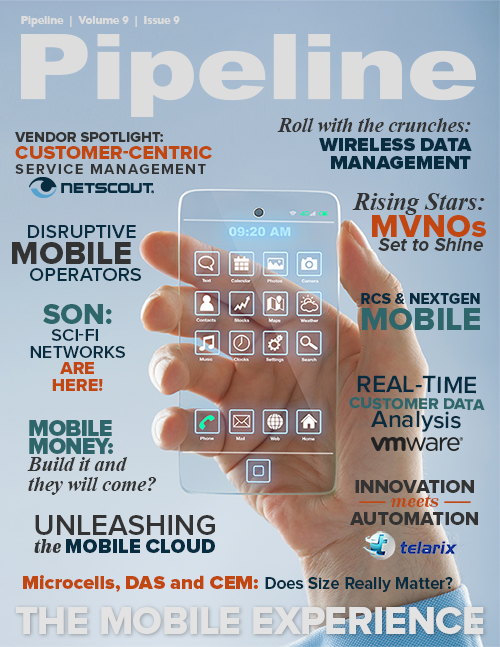Mobile Money: Build it and they will come?
RadioShack, Macy’s, Foot Locker, American Eagle Outfitters, Subway, and Walgreens are just a few of the merchants that have lined up to accommodate Google Wallet in their stores’ credit card processors, and more than two dozen merchants already utilize NFC terminals, including RadioShack, Macy’s and Foot Locker as well as Old Navy and CVS. Consumers can use a Citibank MasterCard as Google Wallet’s “supplier,” so to speak, or a Google Prepaid Card, which can be funded through any major credit card.
• Visa Mobile champions an open approach to mobile commerce, giving consumers the option of which account they want to enable for mobile payments. Its strategy is to
make such payments broadly available across many different handsets and operating systems, thereby setting the stage for any Visa-issuing bank in the US to allow account holders to use their
existing credit, debit and prepaid accounts in NFC-enabled mobile wallets.
Google and Isis have both received a worldwide license for Visa payWave, which, as its name implies, lets Visa account holders make mobile payments by waving their phones in front of NFC
terminals. By licensing this application to third-party wallets, Visa is providing freedom of choice to consumers who wish to use their mobile devices for wave-and-pay purchases at physical
retailers.
The company is also looking into location-based advertising that can help merchants push new offers to consumers based on the location of their last purchase. (The Gap was used as a testing ground.) Working with Isis, Citibank and Bank of America, Visa believes consumers will add credit cards to their digital wallets, and it has reason to be confident: in a survey of 500 consumers, ad agency Ogilvy & Mather found that 40 percent said they trust Visa over other credit card companies and even PayPal when it comes to mobile payments.
• Given the popularity of its namesake, the Starbucks Card Mobile App is expected to become one of the larger merchant-driven initiatives. All US-operated stores will grant BlackBerry and Apple iOS users access to the mobile app, which loads money through PayPal or any major credit card.
Starbucks is, in essence, forgoing the NFC hype: to make a purchase, a customer holds his or her phone in front of a scanner by the cash register and scans an on-screen, two-dimensional bar code. In the long run two-dimensional bar code-like images will prove less flexible than NFC chips, but for now they can be considered a springboard for companies that want to gain traction with NFC technology.
Confused yet?
Google’s NFC-enabled phones will drive more than $22 billion in payment transactions by 2015, according to a November report by Aite Group, and Apple’s Passbook, though not a real mobile-wallet service at this point in time, may burst onto the scene once Apple sees momentum elsewhere that could be carried over to iOS.
Since major financial institutions are mostly collaborating in a one-off manner with the mobile carriers and OTT players involved, there’s obviously a lot of overlap among the various ventures in contactless payments. But as carriers work more with those institutions, more retailers will jump on board and do more to push mobile payments. From McDonald’s to Wells Fargo, initiatives are cropping up left and right to get people to leave their plastic at home.
Of course, whether or not standardization across geographic or industry boundaries is even possible remains to be seen. In the meantime, consumers have many options at their fingertips should they “leave home without it,” and momentum will likely build once consumers try some version of wave-and-pay after being attracted by a merchant offer or one from a bank or OTT player.



















